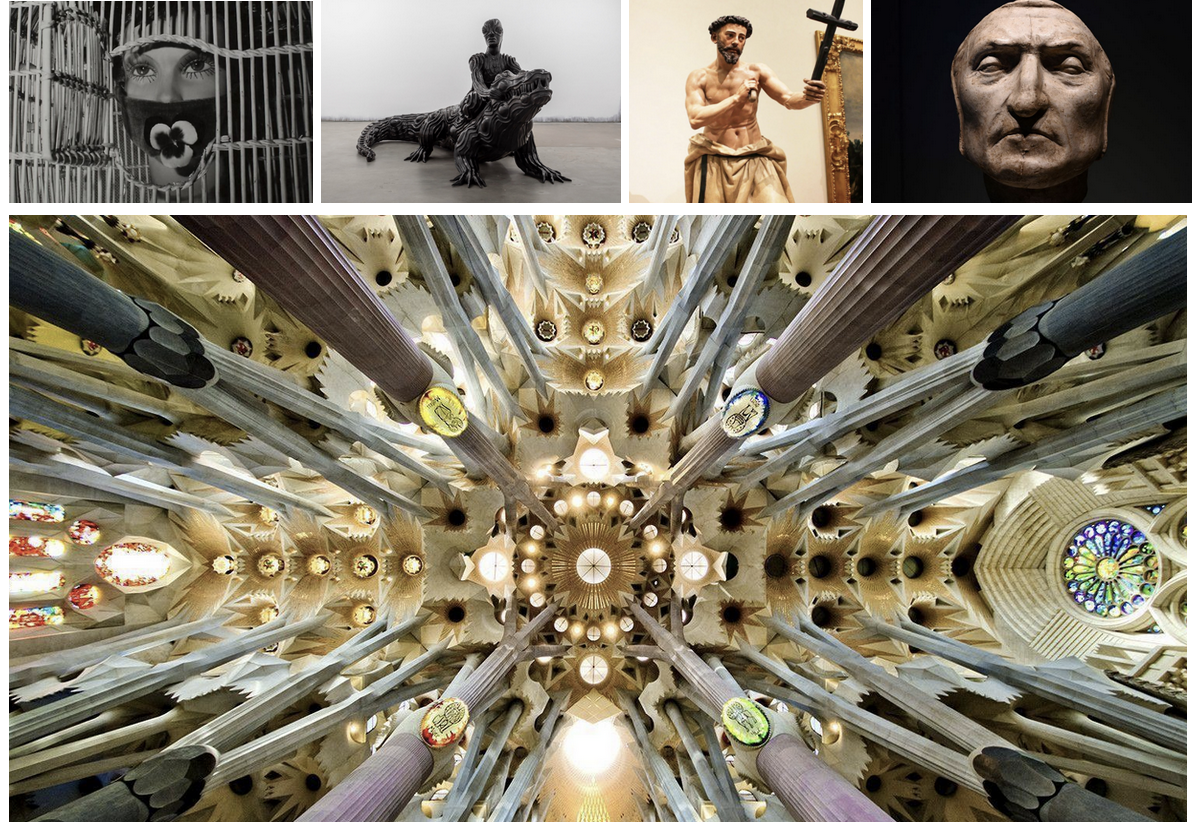Art and Mimesis: From Zeuxis to A.I.
This summer course uses devotional sculpture from Golden Age Spain as a jumping-off point to explore the paradoxes and creative possibilities of art that imitates life. Through visits to museums and artist workshops in Barcelona, Valencia, Madrid, and Seville, students will engage the entangled history of art and mimesis. Imitation of nature is the guiding design principle for species survival and a standard point of departure for many artists. Yet failure to spot the artifice and to distinguish “real” from “fake”, or “copy” from “original”, has historically driven social anxieties. Despite the rise of Augmented Reality, people find it challenging to reconcile feelings of disconnect and awe-inspiring terror when faced with sublime ambiguity. By the end of the course, students will have the visual and language skills needed to locate the source of that deep-rooted but incredibly contemporary type of anxiety. Lectures will cover case studies for this phenomenon, from the Greek painter Zeuxis, who managed to fool birds with his trompe l’oeil painting of grapes, to ancient and uncanny death masks, to the biomorphic architecture of Gaudí, and to Wangechi Mutu’s Afrofuturistic sculptures rescripting Black life. The final project is a living picture that comments on the ethical, socio-psychic, and political tensions that your favorite image from the course generates and responds to.
